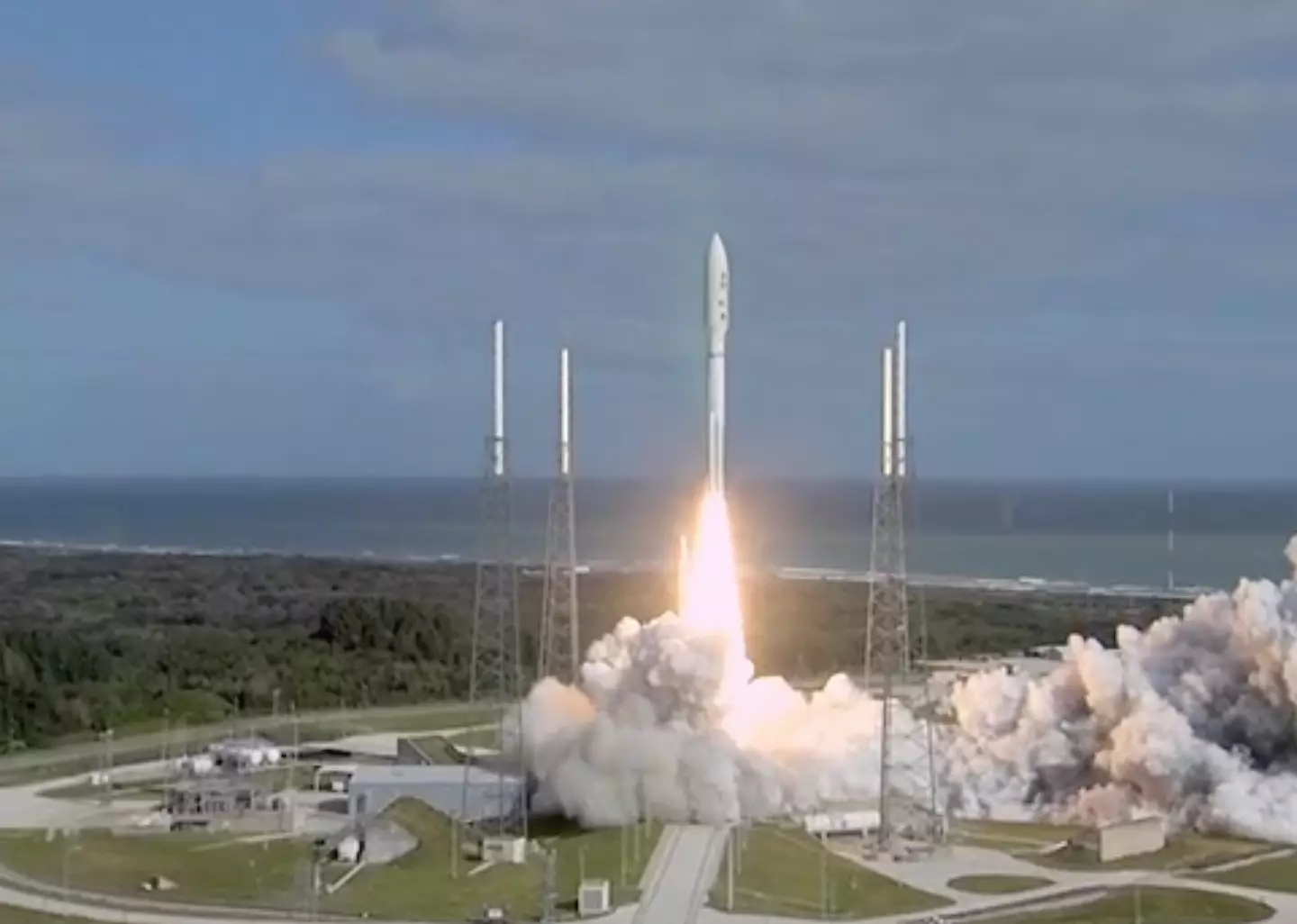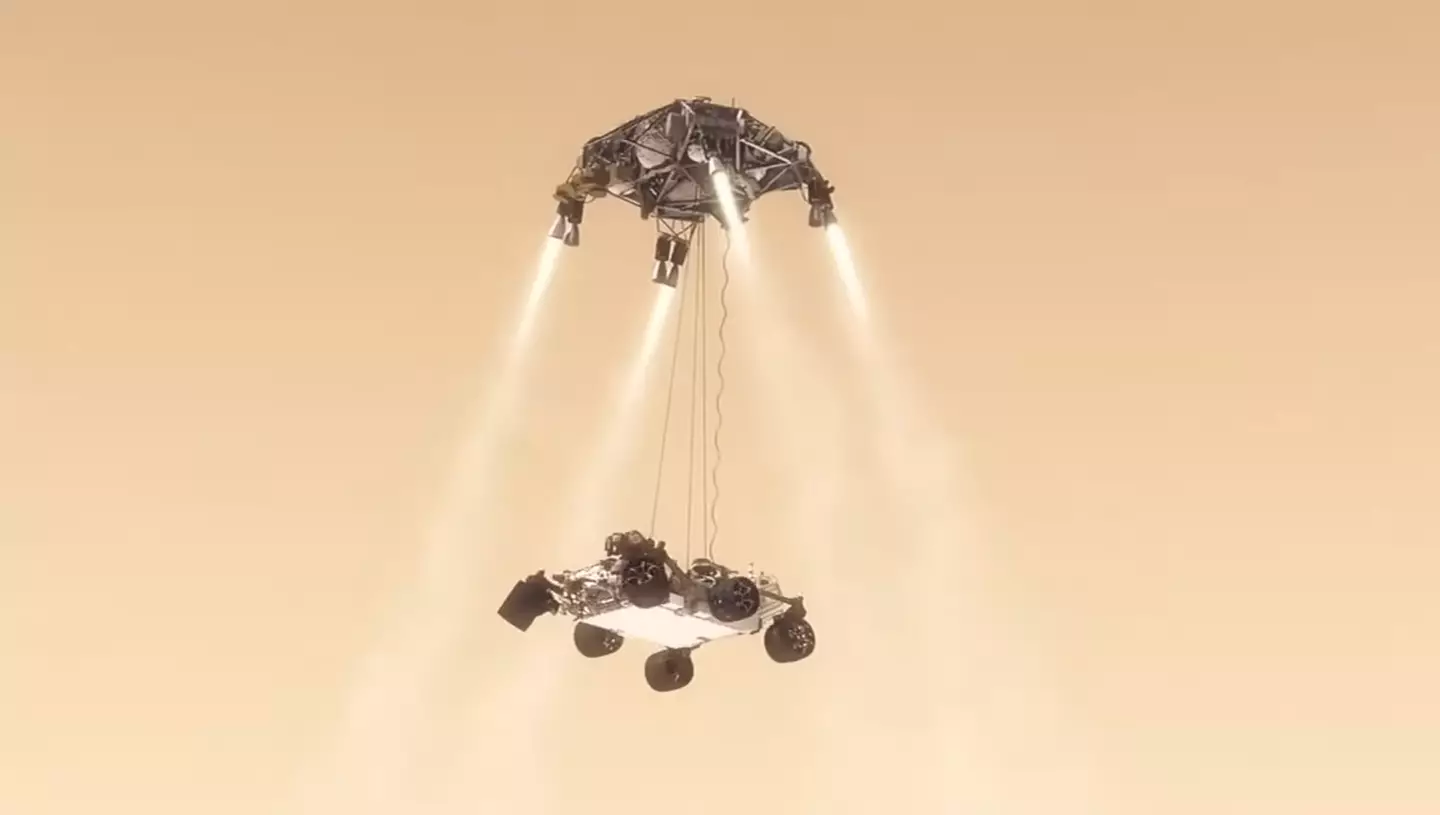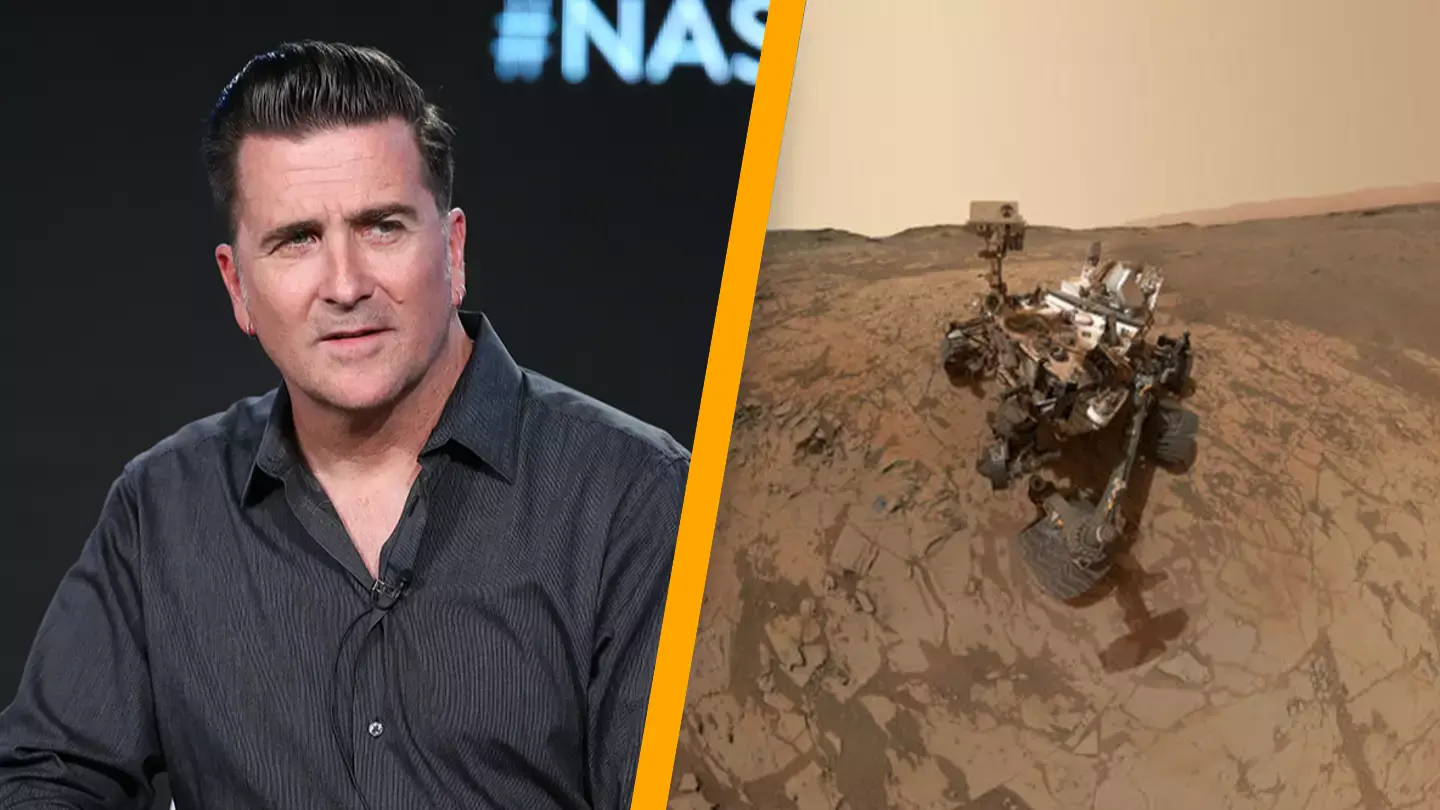NASA scientists have detailed the events during the ‘seven minutes of terror’ when the Curiosity rover successfully landed on Mars.
Landing a rover the size of a small SUV on the Red Planet is no easy feat, and it’s much more complex than parallel parking on Earth.
The rover embarked on its journey aboard an Atlas V rocket, launched from Cape Canaveral on November 26, 2011.
This mission is crucial for scientists investigating whether life could have ever existed on Mars. Evidence suggests that the Gale Crater once hosted a serene lake, which has now transformed into desert terrain.
Curiosity’s successful landing on August 5, 2012, was achieved using a series of unprecedented landing maneuvers.

More than a decade later, Curiosity remains operational, thanks to the expertise of the team that facilitated its safe landing.
NASA’s Tom Rivellini shed light on the rover’s ‘entry, descent, and landing’ process, explaining why it’s termed as ‘seven minutes of terror.’
He remarked: “We’ve got literally seven minutes to get from the top of the atmosphere to the surface of Mars going from 13,000 miles an hour to zero, in perfect sequence, perfect choreography, perfect timing and the computer has to do it all by itself, with no help from the ground.
“If any one thing doesn’t work just right, it’s game over.”
The rover encounters several challenges while preparing for its Mars landing.
Scientist Adam Steltzner pointed out that as the spacecraft enters Mars’ atmosphere, it generates significant aerodynamic drag, causing the vehicle’s ‘heat shield’ to heat up and ‘glow like the surface of the sun’ at 1600 degrees.
One of the most daunting tasks is navigating the vehicle to land within a ‘very narrow, constrained space,’ while it’s still traveling at high speed, a maneuver never previously attempted.
Rivellini noted the challenge of decelerating on Mars: “It’s really hard to slow down on Mars because it has just enough atmosphere that you have to deal with it otherwise, it will destroy your spacecraft.”
He continued: “On the other hand, it doesn’t have enough atmosphere to finish the job. We’re still going about 1,000 miles an hour. So at that point we use a parachute.”

Engineer Anita Sengupta stated that the parachute is ‘the largest and strongest super-sonic parachute that we’ve ever built to date,’ capable of bearing approximately 65,000 pounds of force despite its 100-pound weight.
During the parachute’s deployment, it’s crucial to remove the vehicle’s heat shield.
NASA’s Steve Lee explained: “It’s like a big lens cap, blocking our view of the ground to the radar. The radar has to take just the right altitude and velocity measurements at just the right time or the rest of the landing sequence won’t work.”
However, the parachute only slows the rover to about 200 miles an hour, which isn’t sufficient for a safe landing.
Rivellini emphasized: “We have no choice but we’ve got to cut it off! And then come down on rockets. Once we turn those rocket motors on if we don’t do something, we’re just going to smack right back into the parachute.”

